Hezbollah immediately blamed Israel, Israeli officials
have remained silent. However, experts suspect
that Israel’s Mossad, orchestrated the attacks
News Desk

Beirut: A wave of devastating explosions rocked Lebanon on Tuesday and Wednesday, killing at least 32 people and leaving thousands injured, in what many believe is a sophisticated attack targeting communication devices linked to Hezbollah. The blasts, which involved both pagers and walkie-talkies, have heightened fears of an impending escalation between Hezbollah and Israel.
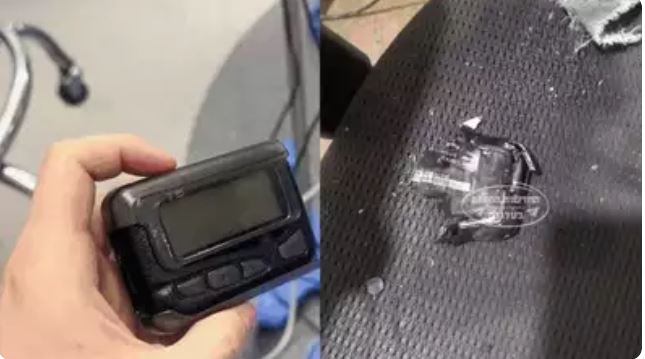
First Blast – Targeting Pagers
The first explosion occurred on Tuesday, affecting pagers widely used by Hezbollah members. According to reports, the explosions started around 3:30 PM in Beirut and spread across various regions of Lebanon. Witnesses described small devices, mainly pagers, spontaneously exploding in people’s pockets, producing firecracker-like sounds. This incident left 12 people dead and nearly 3,000 injured, overwhelming hospitals across the country.
Many of the injured had burns and blast injuries, particularly to their hands and faces. Several Lebanese media outlets reported that these pagers received messages seemingly from Hezbollah’s leadership, only for the devices to detonate shortly afterward. Hezbollah swiftly accused Israel of orchestrating the attack, but Israeli officials declined to comment publicly. According to unnamed security sources, the explosions may have been part of a preemptive strike by Israel to disrupt Hezbollah’s low-tech communication system.
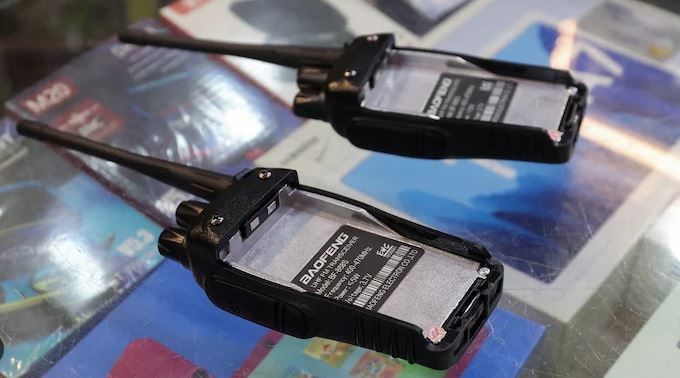
Second Wave – Walkie-Talkie Explosions at a Funeral
Less than 24 hours after the initial explosion, another attack unfolded during a funeral procession for Tuesday’s victims. At approximately 5 PM on Wednesday, walkie-talkies, some used by Hezbollah, began to explode during the gathering. This second wave of explosions claimed 20 lives and left at least 450 others wounded.
These walkie-talkies were believed to have been purchased by Hezbollah five months earlier. In the aftermath, wreckage of the devices pointed to the brand Icom, a Japanese manufacturer. However, Icom later clarified that the model in question, the IC-V82, was last produced a decade ago. The company also stated that the devices might be counterfeit, as unauthorized replicas are commonly available in the region. Despite the uncertainty surrounding the devices’ origins, the attack raised alarms over Hezbollah’s reliance on low-tech equipment in its conflict with Israel.
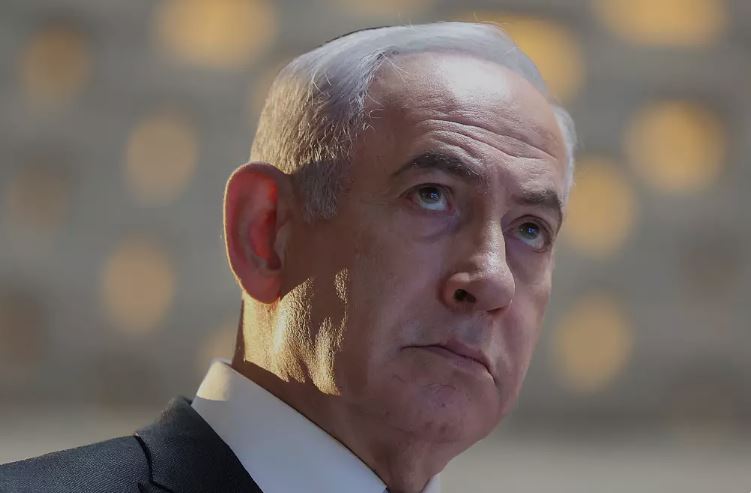
Who is Responsible?
While Hezbollah immediately blamed Israel, Israeli officials have remained silent. However, many experts suspect that Israel’s intelligence services, particularly Mossad, orchestrated the attacks. Analysts have noted Israel’s past use of technology to disrupt Hezbollah’s operations. Professor Simon Mabon, an expert in international relations, pointed out that while Israel has a history of targeting Hezbollah’s communications, the scale of these attacks is unprecedented.
Some reports suggest that Israel may have accelerated the attack due to concerns that Hezbollah had uncovered its plans. Originally, the coordinated explosions were allegedly intended to be the opening act in a larger offensive against Hezbollah, but Israel chose to act preemptively to avoid detection.
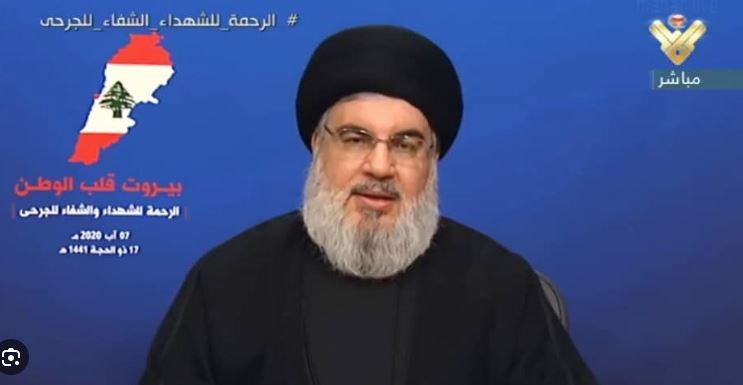
Victims and Fallout
Among the victims were the sons of two Hezbollah MPs, as well as several children. Iran’s ambassador to Lebanon, Mojtaba Amani, was also injured, although his wounds were described as minor. The attack not only claimed the lives of Hezbollah fighters but also civilians, including women and children.
In the wake of the attacks, Lebanon’s Health Minister Firass Abiad confirmed that the majority of the injuries were blast-related wounds to the face and hands. Hospitals across Lebanon, already strained by the country’s ongoing economic crisis, were overwhelmed by the influx of injured victims.
Lebanon’s government, led by Information Minister Ziad Makary, condemned the attacks, calling them an “Israeli aggression.” Hezbollah vowed to retaliate, and tensions in the region have escalated. The group’s leader, Hassan Nasrallah, remained unscathed, but his earlier warnings about Israeli infiltration of Hezbollah’s communication systems now seem prescient. In February, Nasrallah ordered his fighters to abandon their mobile phones, fearing Israeli tracking, which has led Hezbollah to rely on lower-tech devices like pagers.
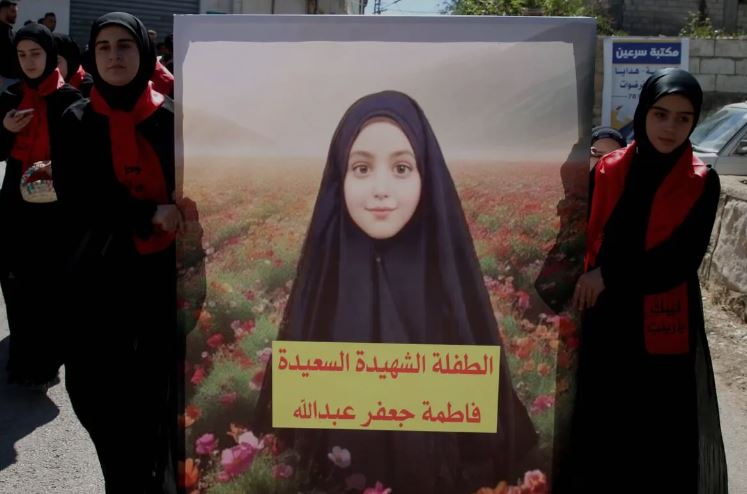
What Happens Next?
The explosions mark a significant escalation in the long-simmering conflict between Hezbollah and Israel. Hezbollah, a key ally of Iran, has frequently exchanged fire with Israeli forces along Lebanon’s southern border. These attacks come as Israel shifts its military focus to the north in response to Hezbollah’s growing presence.
While both sides have largely tried to contain the conflict in recent months, this unprecedented attack on Hezbollah’s communication systems threatens to push the region into broader warfare. Observers warn that further retaliation from Hezbollah could lead to a rapid escalation, with potentially catastrophic consequences for both Lebanon and Israel.
In addition, two international companies—one based in Taiwan and the other in Hungary—have denied responsibility for the manufacturing of the devices used in the attack. Gold Apollo, a Taiwanese firm, was implicated in some reports due to the brand name on the pagers, but the company denied any involvement. Similarly, a Hungarian company, BAC, linked to the production of these devices, also distanced itself from the attacks, stating it had only acted as an intermediary.
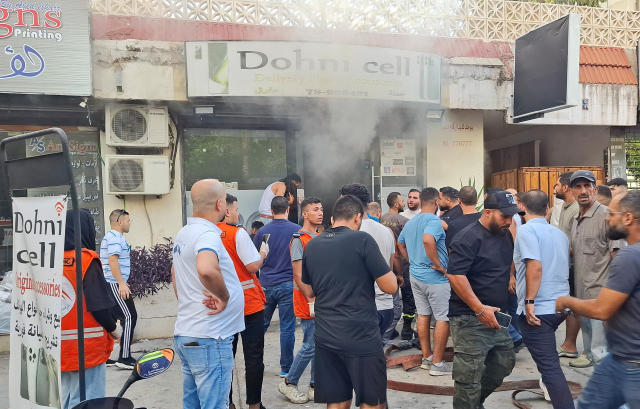
Conclusion
The pager and walkie-talkie explosions in Lebanon represent a new form of technological warfare, leveraging seemingly obsolete communication devices to inflict mass casualties. As Hezbollah and Israel accuse each other of these attacks, the potential for a full-blown conflict between the two grows more likely. With Hezbollah pledging retaliation, the coming days will be crucial in determining whether these incidents spark a wider confrontation between Israel and its adversaries in Lebanon.






















